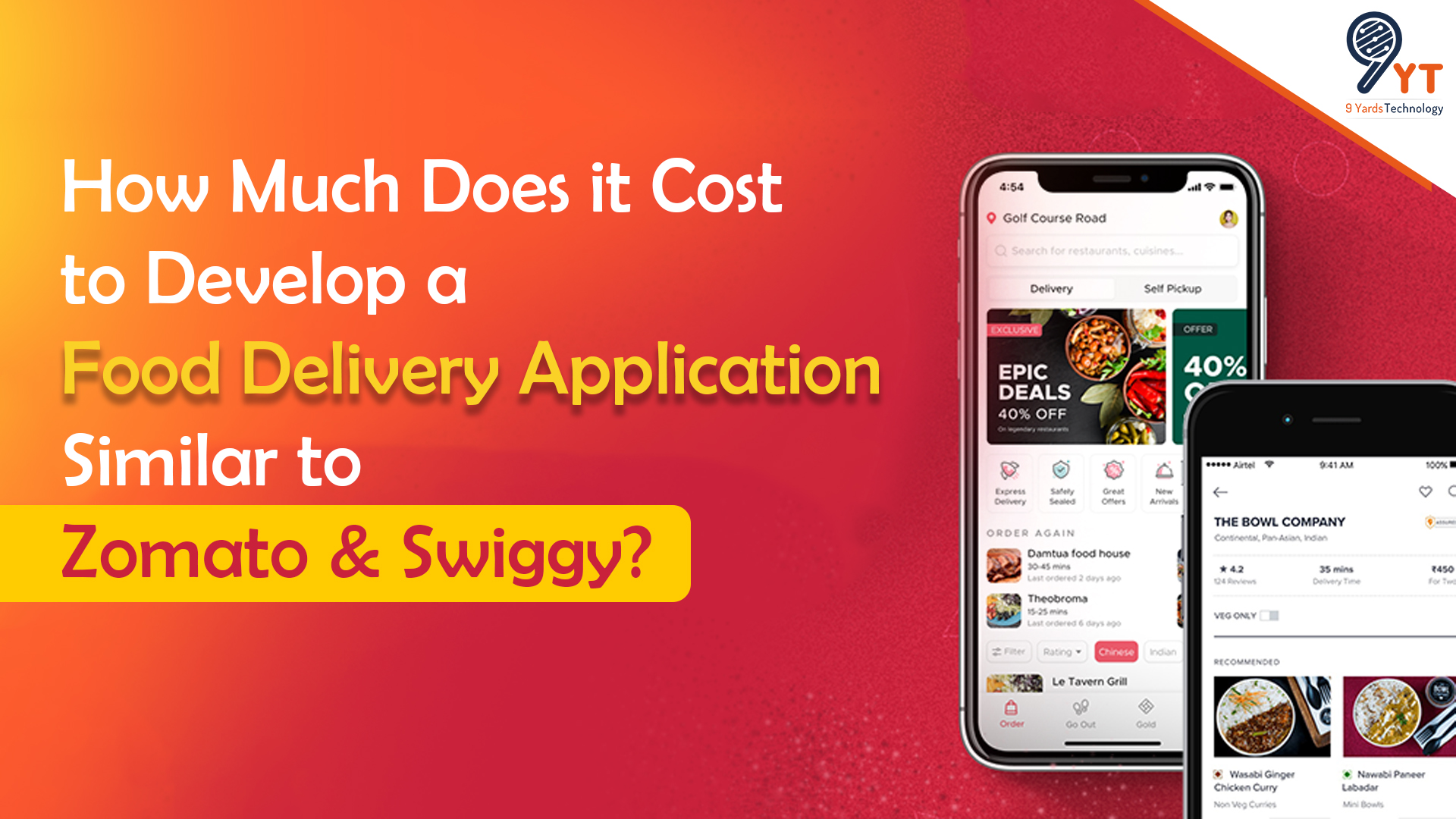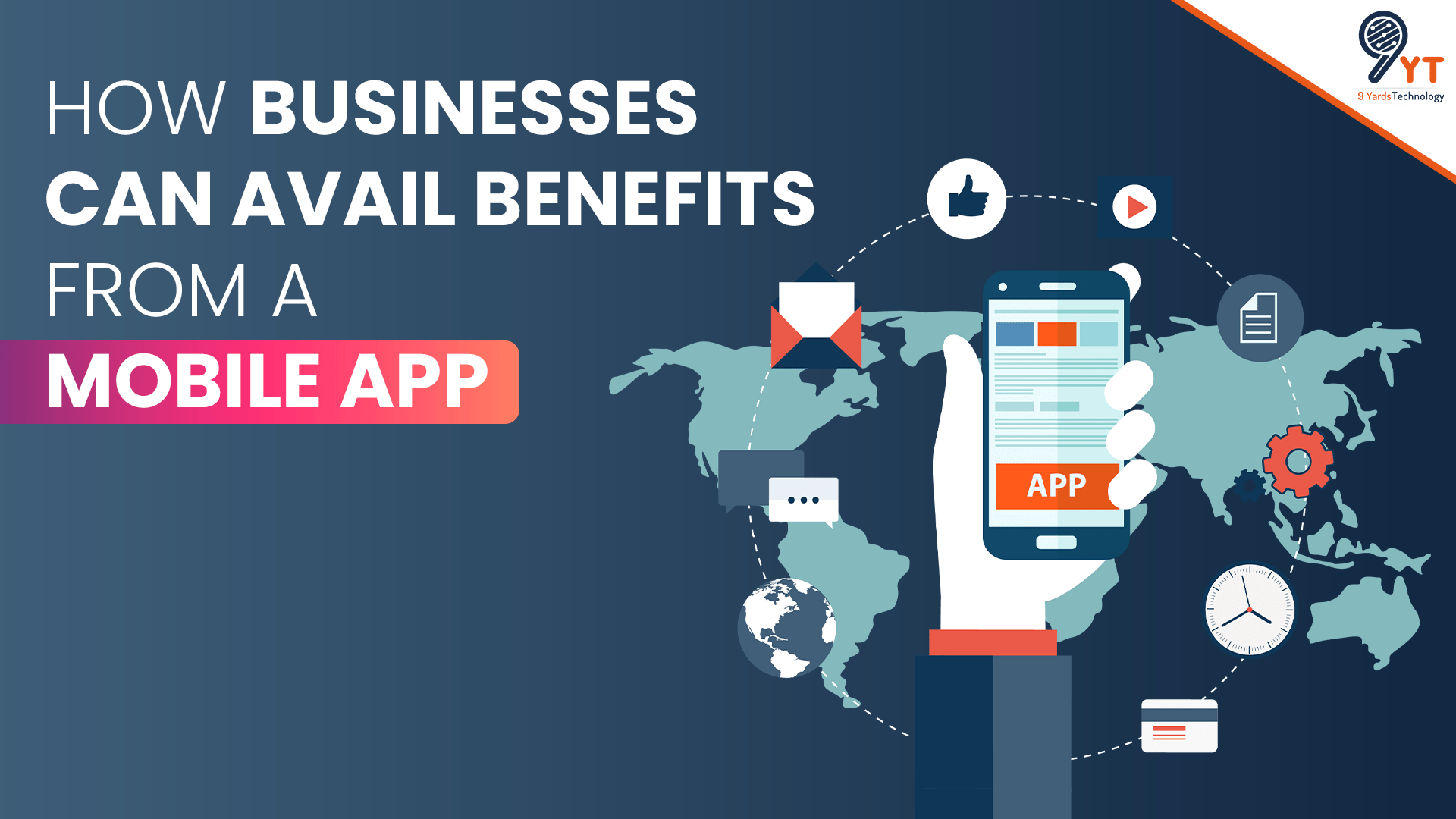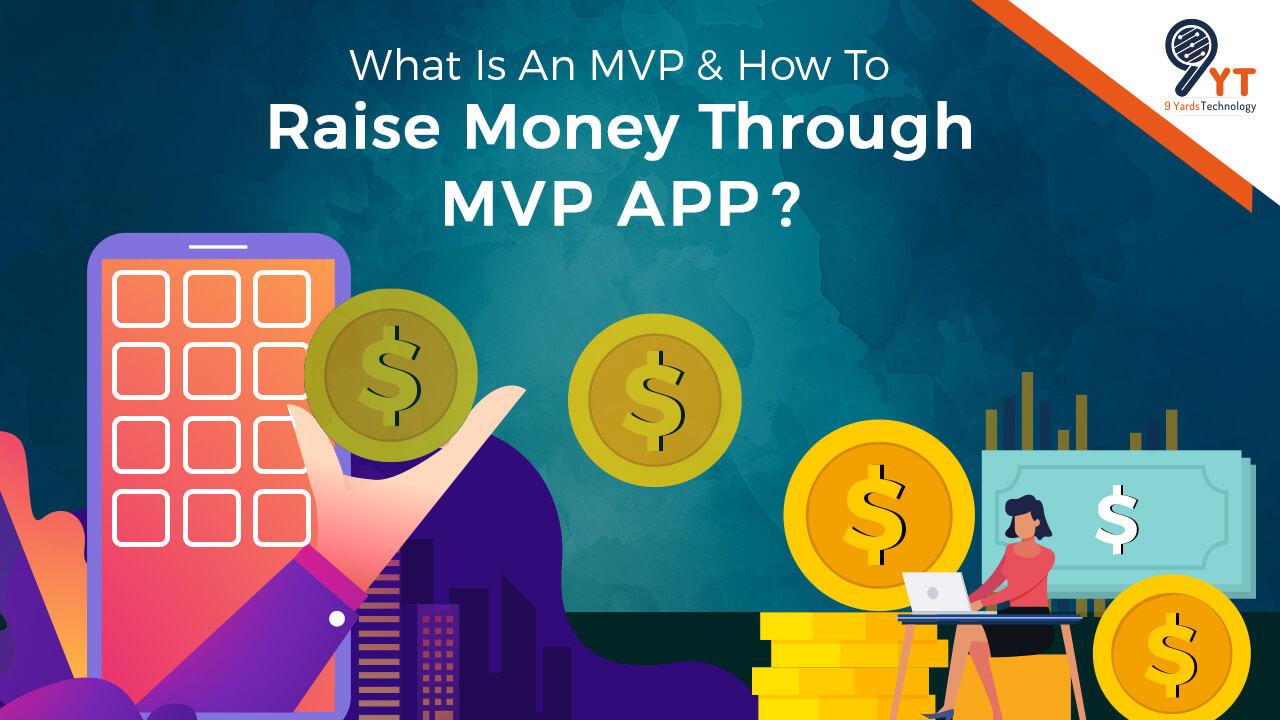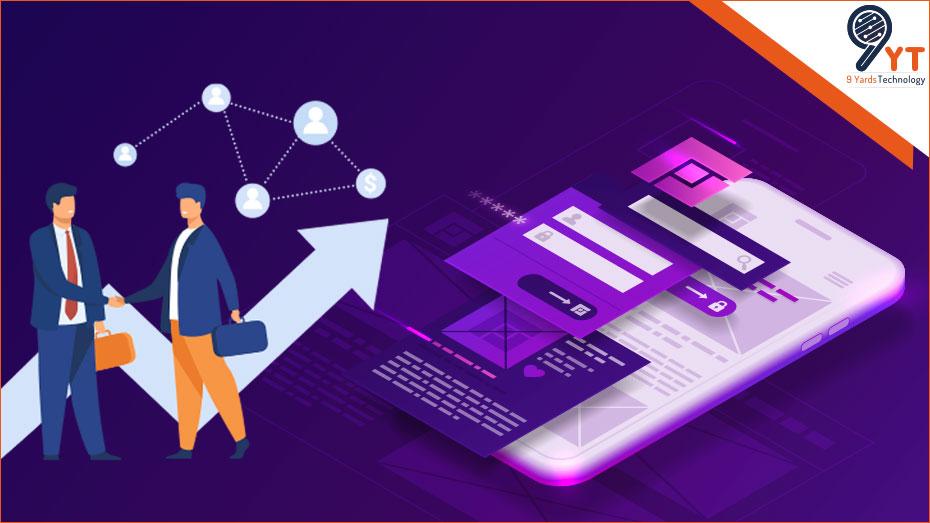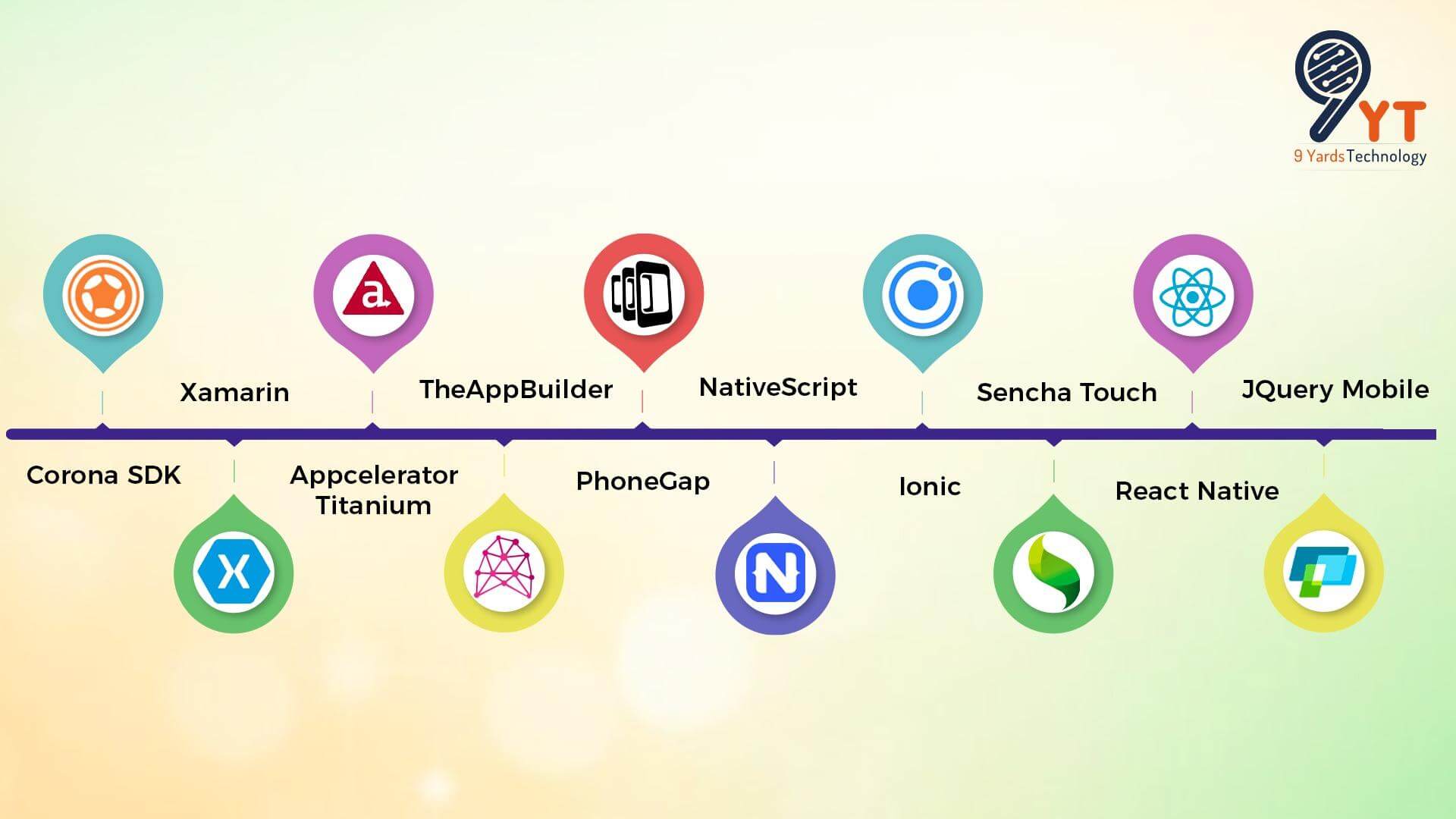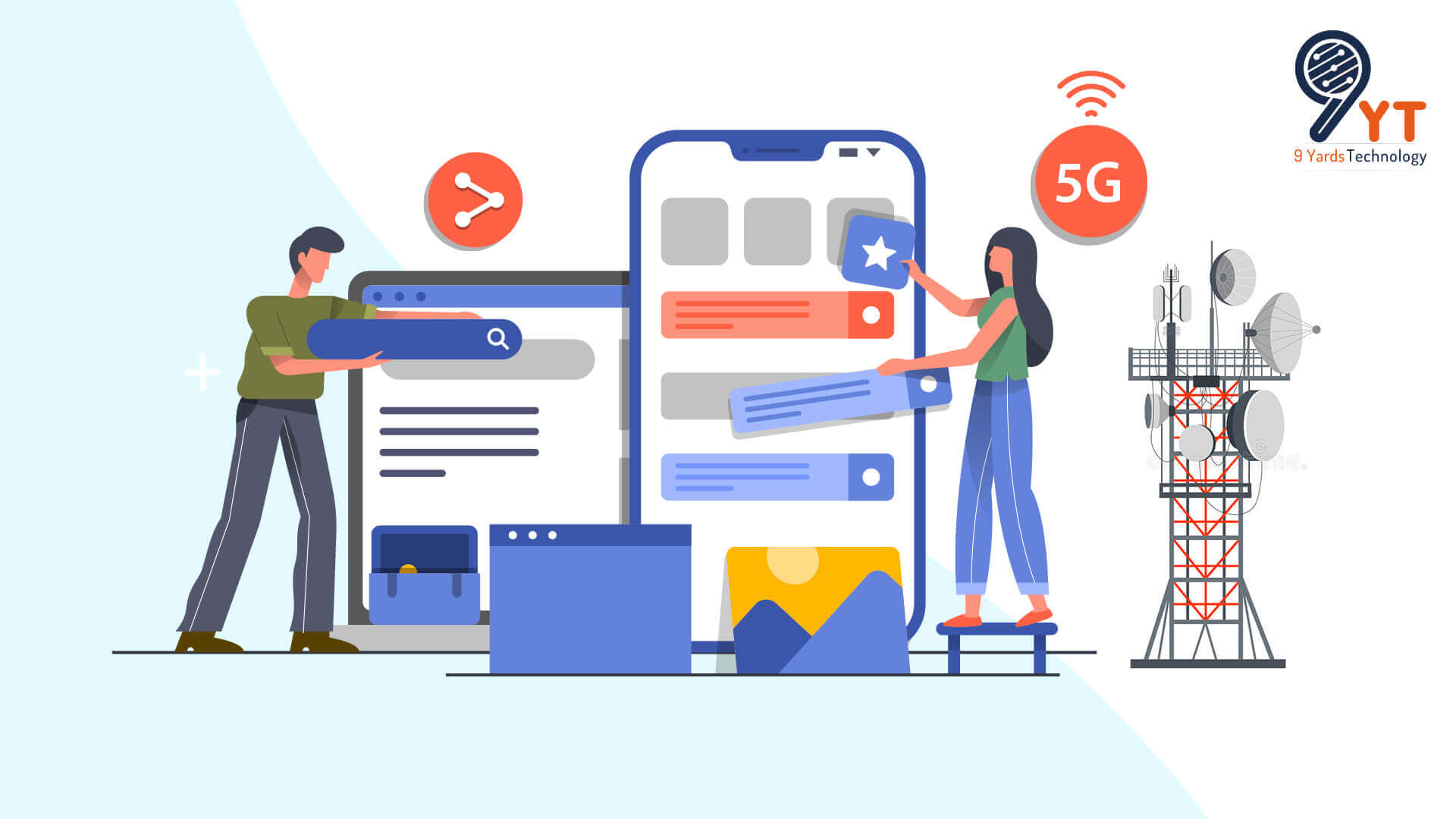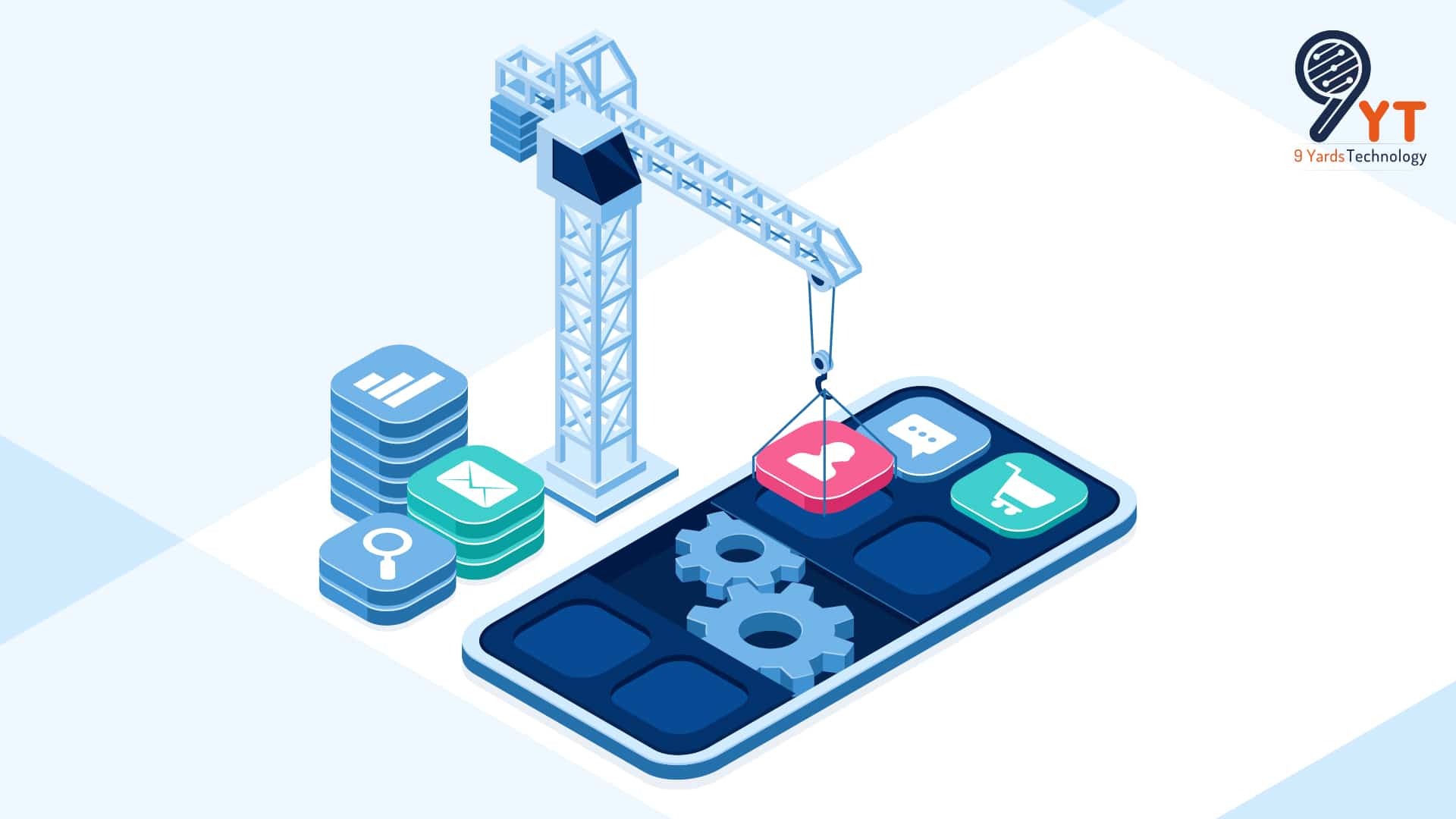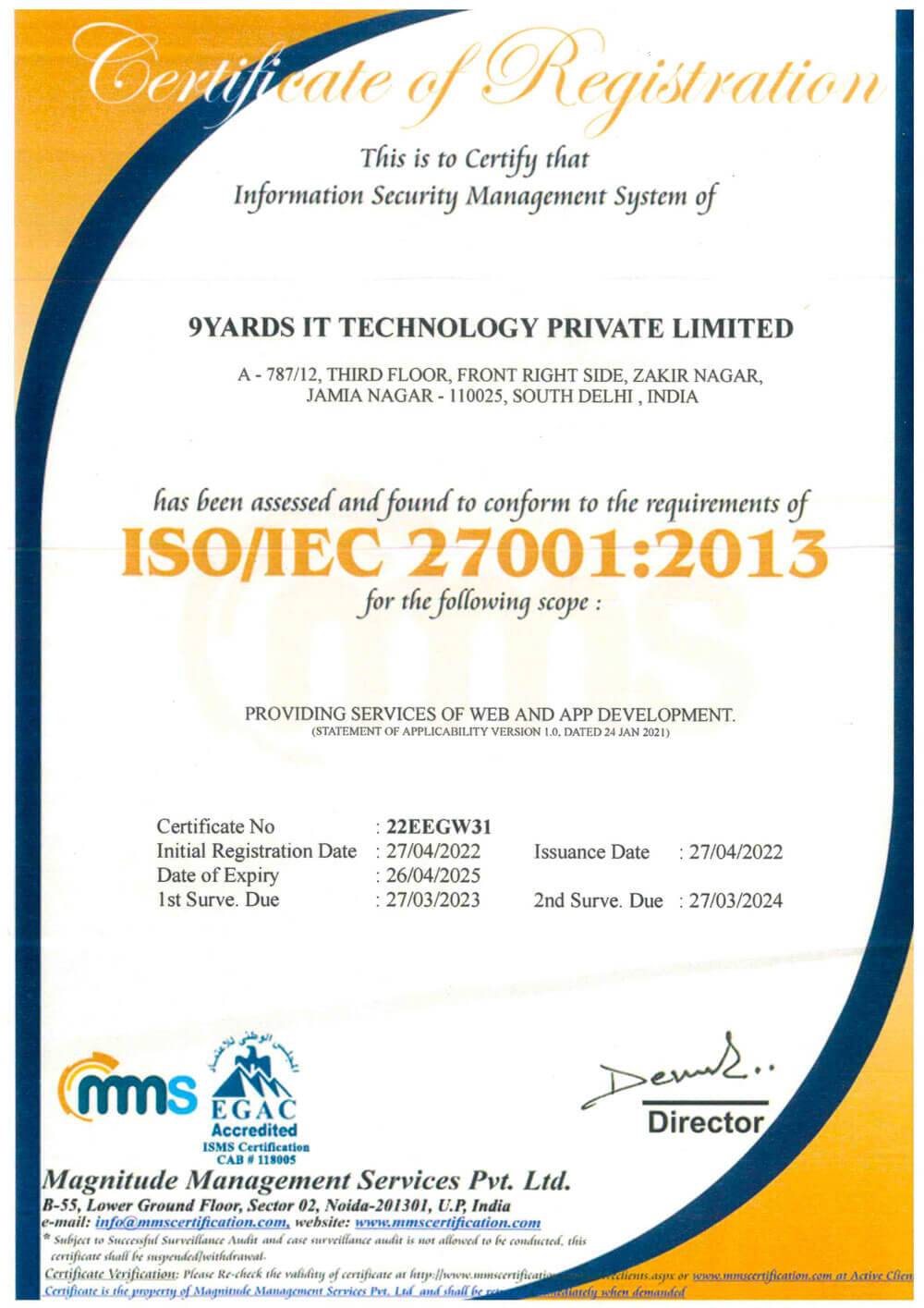Crafting apps for the Apple iPad is known as iPad app development and consists of developing apps based on user requirements. The software code is drafted in Swift or Objective-C language and can be downloaded on the App Store. Tailored iPad app development solutions boost your business presence phenomenally. The use of the latest methodologies helps your business to develop a platform with comprehensive abilities.
Table of Contents
1. Services That Enhance Your iPad Application
The iPad doesn’t operate on the principle of “one machine for all your needs.” The iPad provides specific features while leveraging its larger screen, from reading and sending emails to surfing the web, playing games on a bigger screen, and being more productive with the help of multitasking.
The iPad development team consists of professional iOS designers and coders. All focus on creating the best possible iPad apps following the customers’ requests within the allocated budget. They create custom iPad apps and then release them with updated features.
While developing iPad apps, significant alterations account for vastly different user experiences. The app development company must consider some factors to provide an excellent iPad experience to its users.
2. Relevant Process of Developing an iPad App
To develop an iPad app, every developer requires a computer with Xcode, which you can only install on macOS-based computers and laptops, which is generally more expensive than Windows-based computers. Furthermore, before releasing the iPad app through the App Store, it must pass a strict quality review process.
3. Requirements of A Developer
A developer requires the following items before writing a single line of code in the iOS app development process.
- An Apple Mac computer with the most recent version of macOS installed.
- Xcode can be downloaded from Apple.com, which offers an integrated development environment (IDE) for macOS.
- An active Apple Developer account, which costs $99 per year. These three requirements complement each other,
- Xcode is only available on macOS, only on Apple computers.
- Only active Apple Developer Program members can submit an app to the App Store.
- The only apps signed and published by Xcode are forwarded to the App Store.
- The Xcode can do much more than sign and publish your finished app.
- The IDE includes a user interface designer, code editor, testing engine, asset catalogue, and more—pretty much everything you’ll need to create an iOS app.
4. Choosing a Correct iOS Programming Language
Currently, there are two existing languages for iOS
Objective-C
- The development of Objective-C took place in the early 1980s. It served as the primary programming language for all Apple products for decades.
- Objective-C originated from the C programming language, an object-oriented programming language.
- Focuses on passing messages to different processes (instead of invoking a method in traditional C programming).
- Many developers prefer to work with Objective-C applications rather than integrate them into the Swift framework, introduced in 2014.
Swift
- Swift is the latest programming language for iOS & OS X. Swift’s design promotes simpler syntax and focuses more on security than its predecessor.
- At the same time, Swift and Objective-C share similarities. You can easily incorporate legacy code into updated apps because Objective-C shares a run time.
- Swift is easy to learn, even for those new to programming. Swift is faster, more secure, and easier to use than Objective-C.
- So unless you have a reason to stick with Objective-C, you should plan to use it to develop your iOS app; C and C++ Code can also be added to Swift Code.
5. iOS Development Through React Native
- React Native is a JS framework for rendering mobile applications for iOS based on React; instead of targeting the browser, it targets mobile platforms
- Most codes written can be used across the platform between Android and iOS.
- React Native code is a mixture of JavaScript and XML, called JSX; under the hood, React Native uses APIs of Objective-C.
- React Native has brilliant debugging tools, even if you use Chrome Developers tools for the development of iOS Development.
- React Native is very famous nowadays worldwide companies like Tesla, Bloomberg, Microsoft, Flipkart, and Uber use React Native.
- React Native does not ask you to use Xcode.
6. Consider Making Use of APIs And Libraries
- The use of HomeKit standardizes communication between the toaster and the phone, for example, if you’re working on an app controller for a smart air conditioner.
- It enables users to communicate with their smart air conditioner and fan simultaneously.
- Kits for game development are available (such as SpriteKit, GameplayKit, and ReplayKit), health apps, maps, cameras, and Siri, Apple’s virtual assistant.
7. Increase Your Visibility Through Cloud
iPads are compelling devices. However, consider offloading the heavy lifting to the cloud when dealing with resource-intensive tasks. You can use the cloud for storage, database management, and even app caching by connecting your app to cloud-based services via APIs. You can also add innovative next-generation services to your app.
Wrapping Up!
We hope you found this information helpful. The most appealing aspect of iOS app development is the availability of a wide range of developer resources. Due to the standardization, functionality, and consistency of iOS app development, Apple can release stable, feature-rich, and easy-to-use native APIs and libraries as kits. These iOS SDKs allow you to integrate your app seamlessly into Apple’s existing infrastructure.

Fazlur Rahman is the software developer of 9Yards Technology. He’s also a technophile with tremendous knowledge of the tech industry. He loves to explore the latest trends and sometimes dabbles in writing about technologies and happening trends in the tech domain.

